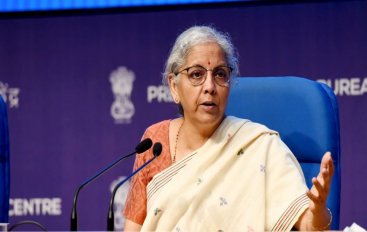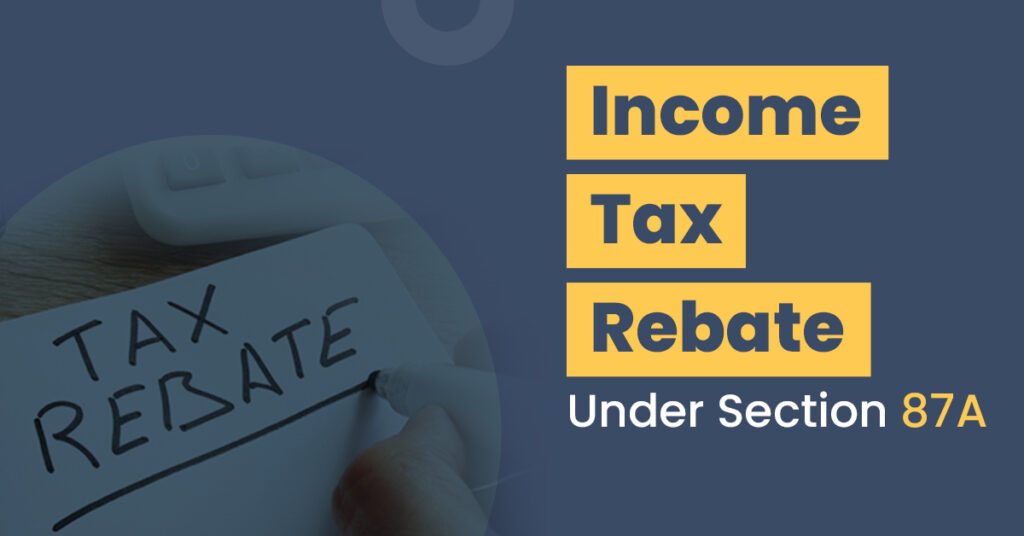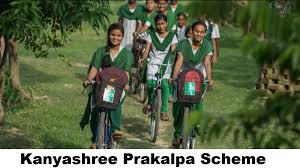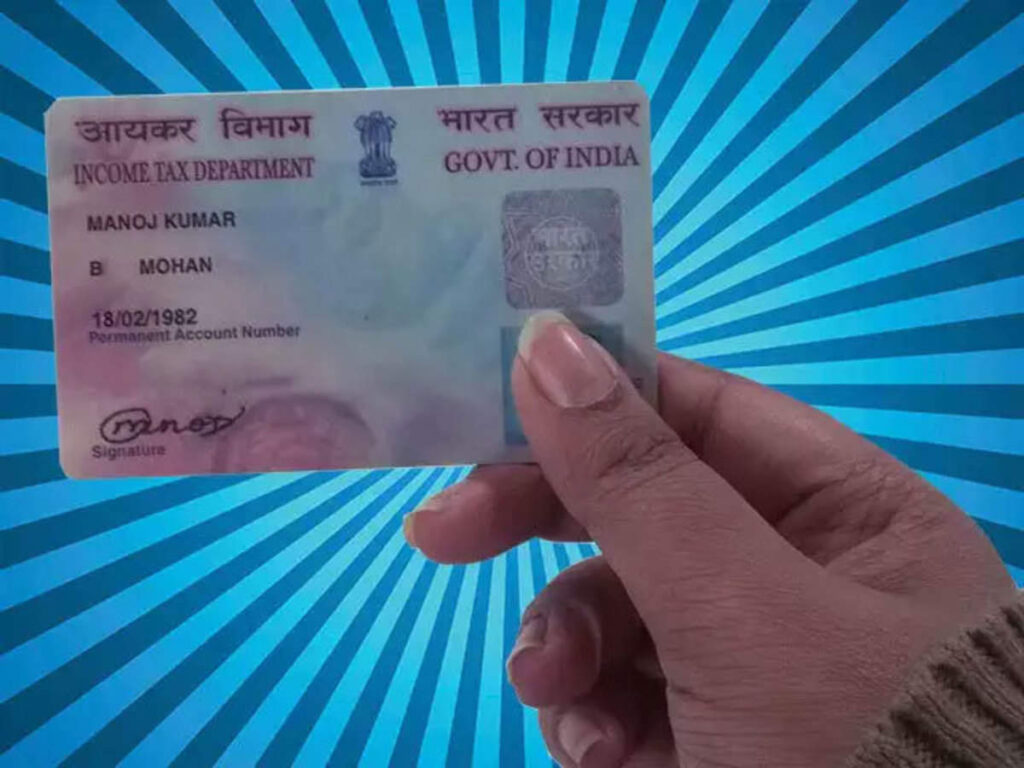India’s Finance Minister highlights Global South’s role in shaping MultilateralDevelopment Banks
Union Finance Minister Nirmala Sitharaman highlighted the contributions of the Global South to the foundations of multilateral development banks at the 1944 Bretton Woods conference and emphasized on embedding diverse voices in decision-making to ensure a truly inclusive and global development framework. Finance Minister noted the pivotal contributions of the Global South to the foundations of Multilateral Development Banks (MDBs) at the 1944 Bretton Woods Conference. 1944 Conference led to establishment of World Bank and International Monetary Fund. Union Finance Minister Nirmala Sitharaman underscored the contributions of the Global South to the foundations of multilateral development banks at the 1944 Bretton Woods conference, stressing the importance of diverse voices in decision-making for a more inclusive global development framework. Sitharaman made these remarks during the Development Committee Plenary session on “A Future-Ready World Bank Group” at the 2024 World Bank Annual Meetings in Washington, DC. In her intervention at the session, Sitharaman urged the World Bank to promote a two-way exchange of innovations, drawing from the transformative experiences of the Global South in areas like digital inclusion and sustainable energy. The Finance Minister also praised the World Bank’s initiatives over the past year to optimize balance sheet measures to increase its financial capacity, considering the growing global economic challenges and the pressing need of emerging economies to finance their developmental needs. She further reiterated India’s stance that the World Bank should adopt a strictly evidence-based and data-driven approach when preparing global indices and country comparators such as the Worldwide Governance Indicators and the new B-Ready index.She affirmed hope that the World Bank would chart the future path with a renewed commitment by addressing key priorities, empowering regions, and fostering partnerships, to create a future-ready institution capable of accelerating progress toward the 2030 SDGs and beyond. In addition to her participation at the World Bank session, Sitharaman attended the IMFC Plenary session on “MD’s Global Policy Agenda” at the International Monetary Fund (IMF) Annual Meetings. She acknowledged the resilience of the global economy in 2024, highlighting that while output is nearing potential in some economies and headline inflation is stabilizing around central bank targets, challenges remain. Sitharaman noted downside risks such as geopolitical tensions and the weakening medium-term growth prospects. The Ministry of Finance posted on X, “Union Minister for Finance and Corporate Affairs Smt Nirmala Sitharaman today participated in the IMFC Plenary session on ‘MD’s Global Policy Agenda’ at the International Monetary Fund (IMF) during the Annual Meetings 2024 in Washington, DC. The Union Finance Minister said that in 2024 the global economy has shown remarkable resilience; while output is nearing its potential in some major economies, headline inflation has generally moderated and moved closer to the central banks’ targets.” Addressing the IMF’s approach, Sitharaman underscored the importance of a balanced and impartial stance in the Fund’s policy advice, especially for countries with debt vulnerabilities. She expressed optimism about the ongoing Review of the Transparency Policy and Open Archives Policy, noting that these initiatives could strengthen the IMF’s role as a trusted advisor and promote greater transparency in its multilateral surveillance. On the sidelines of the meetings, Sitharaman held a bilateral discussion with Standard Chartered CEO Bill Winters. Winters expressed appreciation for her support of the India-UK Financial Partnership, and Sitharaman encouraged the bank to explore further engagement opportunities in India’s GIFT City, an emerging international financial hub. She also welcomed input from Standard Chartered in developing India’s Climate Finance Taxonomy Framework, a component of the Union Budget’s climate-related announcements. Contribution of Global South to MDBs Establishment of New Institutions such as New Development Bank, Asian Infrastructure Investment Bank etc. With economic growth, Global South Countries like India and China have increased their financial commitments to MDBs. Advocacy for Inclusivity and MDB reforms by emphasizing on embedding diverse voices in decision-making processes at MDBs. India’s Recommendations for MDBs Promote a two-way exchange of innovations, drawing from experiences of Global South in areas like Digital Inclusion and Sustainable Energy while meeting the need of development financing to Global South. Adopt a more competitive pricing model to foster broader participation, incentivise middle-income countries to borrow more and deepen development impact. Adopt a strictly evidence-based and data-driven approach when preparing global indices such as the Worldwide Governance Indicators and the new B-Ready index.









